The Law of Accommodation: The Secret Key to Continuous Gains in Isometrics and all Resistance Training - Part II
by Paul "Coach" Wade
 Everything works for six weeks.
—Dan John
Everything works for six weeks.
—Dan John
Pretty much every resistance training method or program you try—5x5, German Volume Training, blood flow restriction, Heavy Duty, Arnold’s split, and so on—
will work for you. Your numbers will regularly go up. You will feel the difference. You advise every bro you know to do what
you are doing. You have found the Holy Grail.
Then it will suddenly stop working.
The "why" was covered in part I of this article. It’s called
accommodation, and it’s basically an example of what biologists call
habituation. Habituation is a fundamental form of learning which probably applies to all creatures—even single-celled organisms. Habituation occurs when repeated exposure to the same stimulus causes a reduced (and eventually non-existent) response, over time. This happens to circumvent the wastage of resources.
For example—if you touch a sea slug
once, it will figure you are a predator and reflexively retract its gills for protection. If you touch a sea slug
fifty times, it figures there’s no threat, and doesn’t bother retracting its gills any more. Likewise big fella, if you perform a hard bench press workout
once, your body will figure the weight is a hazard, and grow bigger and stronger to deal with it. If you perform that bench press workout
fifty times, your body figures there’s no threat, and doesn’t bother getting bigger and stronger any more.
The problem of accommodation has been recognized as long as men have trained with weights. It has been given different names over time. The old-time strongmen called the phenomenon
staleness. The term "stale" continued well into the seventies, but in the eighties was ultimately eclipsed by another term, "plateau". (I’m ancient enough to recall when this term first hit the scene, and I thought it was pretty fruity, honestly.
I’m trying to improve my bench dude, but I hit a plateau. You hit a plateau?! Are you lifting weights, or f***ing skiing?)
Old-time strongmen: rest and regroup
The old-time strongmen were plenty smart, but they didn’t understand that the staleness they experienced from time-to-time was simply caused by habituation
: a consistency of stimulus leading to a dulled response. Instead, they conflated staleness with overreaching, overtraining.
They theorized it as a kind of defensive shutdown, a
consequence of overdoing things.
Too much work, or work that was too
hard, rather than work that was too
consistent. (We now know that
overtraining and
accommodation are different entities—you can experience severe accommodation without being overtrained, and vice versa.)
The old-timers advised dealing with it appropriately—by taking a break and/or cutting back on workouts, and often reducing the weights they were lifting (what we today would call a
deload).
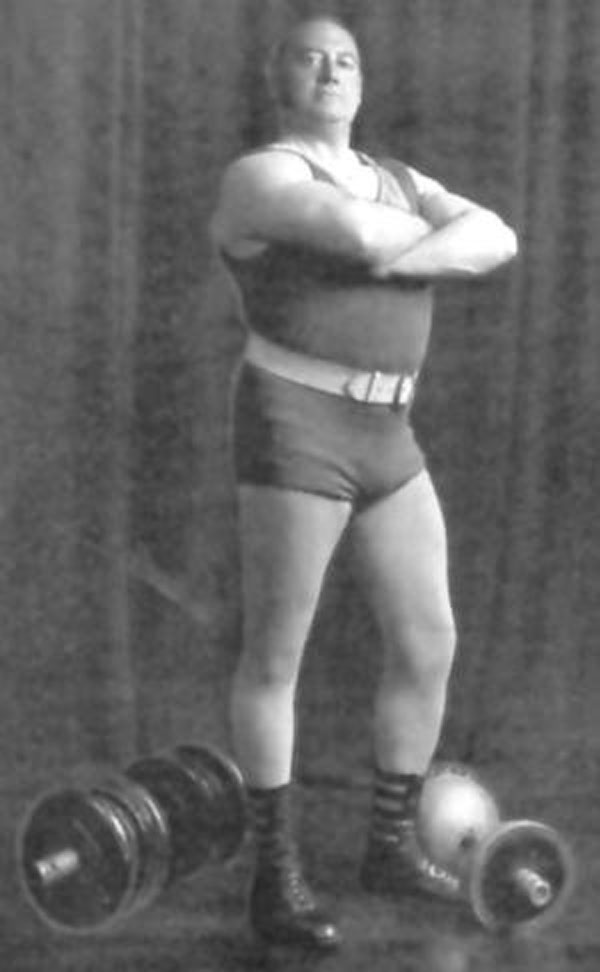
The danger of real hard training is staleness…there is only one thing to do when this occurs, take an immediate rest, feed up a little, return to your training after a few days rest when you haven't done any exercise whatever save perhaps a short walk or two.
—Thomas Inch (b. 1881)
It turns out, this tactic worked, to a degree—a reduction in volume and intensity comprised a change in the consistency of the training, which reversed the accommodation, at least for a while. But this approach, although common sense, was problematic on two counts. Firstly, the steps backwards in training intensity led to a loss of time and progress; and, secondly, when the previous workout was commenced again, accommodation occurred even sooner than before. So, although this approach worked—it produced better results than stubbornly sticking with the "stale" workout—it worked weakly. It was inefficient.
Golden Age bodybuilding: "Shocking" the muscle
By the 70s and 80s, bodybuilding was the in-vogue training approach, and athletes of the time developed their own, Technicolor approach to the dreaded "plateau". The logic, moderation and common sense of the old-time strongmen had all but faded into obscurity. This was a new era—and the psychology of "bombing and blitzing" the muscles had taken hold of the feverish imagination of a generation of muscle-pumpers, under the dubious, Svengali-like guidance of Joe Weider.
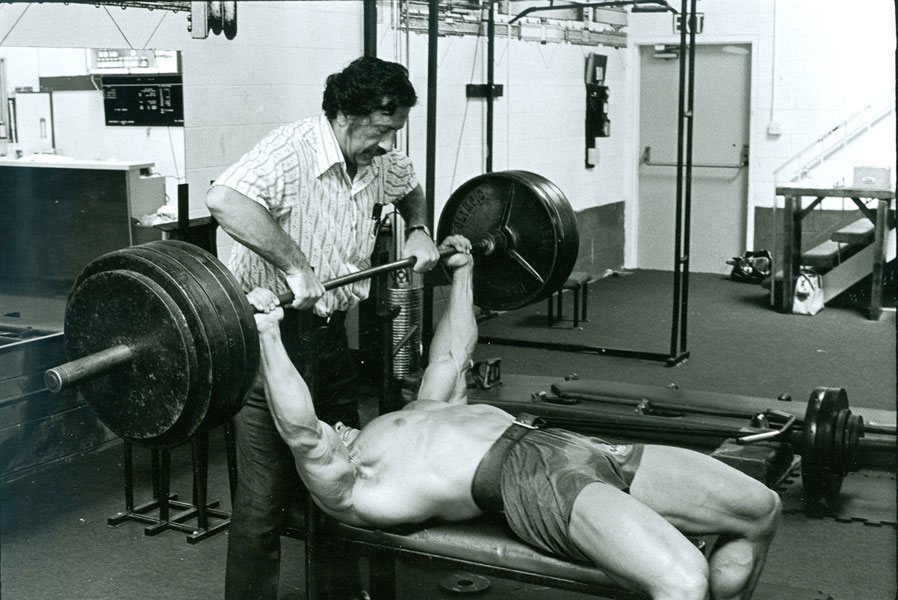
Weider incorporated the "shock" concept into his system as the Weider Muscle Confusion Principle. He stole it, like everything in his "system".
Bodybuilders back in the day had virtually no grasp of science, and in its place completely anthropomorphized biological processes. They saw accommodation (we did not know the term, then) as the body "wising up" to training. They took this as a personal insult, and in an approach diametrically opposite to that of the old-time strongmen, they ratcheted up the volume and effort—sometimes to ludicrous levels—in an attempt to "shock" the body out of its complacency. Intensity was the order of the day: high reps, supersets, strip sets, forced reps, and so on.
Arnold himself gives a great exposition of this kind of thinking, right here:
Just like the old-time strongman approach, this makes a certain kind of sense. Also just like the strongman approach, it works—for a while. But it has its own problems.
For a start, we know that a change in training consistency is all that’s required to bypass accommodation—that doesn’t have to mean you kill yourself in the gym to make progress once it’s slowed down or stopped. Remember the example of the air con noise in the last article? You stop hearing it, if it’s consistent. All you need to suddenly become aware of it again is a change, any change—the noise can change in pitch, for example; it doesn’t need to get louder. Similarly, for your training to make progress again, you just need to change it—you don’t need to make it harder or longer, necessarily.
As a result, all this excess work is a waste of time and resources—or as the kids today call it (somewhat more poetically), "junk volume". Ironically, this kind of "shock" training does lead to the kind of overtraining the old timers were concerned about.
Additionally, if you continue this brutal tactic for any length of time, you will eventually accommodate to it, also—and if you’re already killing yourself with volume and intensity, where do you go from there?
Powerlifters: the "70s big" approach
If you want know how to really deal with accommodation, talk to a powerlifter. These boys and girls need to be lifting bone-crushing weights when competition day comes. Accommodation is not acceptable.
In classic powerlifting, the most common way to dodge accommodation was by altering repetition schemes. For example, the bench press might be approached like this:
MONTH 1: 3 x 10 reps
MONTH 2: 3 x 8 reps
MONTH 3: 3 x 5 reps
MONTH 4: Build to a single on competition day.
This was the kind of program (simplified here) that was followed by the immortal Bill Kazmaier. By constantly altering rep ranges—which require slightly different physiological adaptations—the powerlifter was able to bypass accommodation.
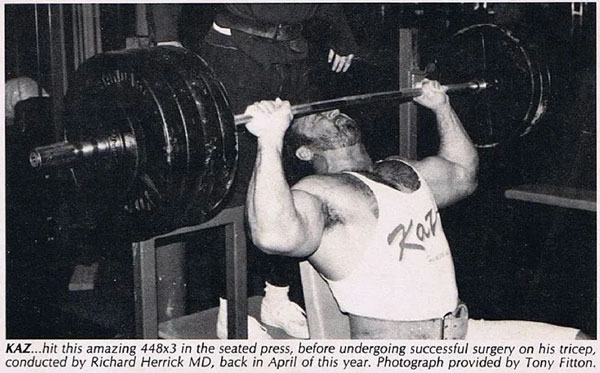
One of the reasons Kazmaier achieved his elite strength was his profound understanding of how to avoid accommodation.
Single reps with heavy weight are the fastest way to become strong. Unfortunately, accommodation occurs very quickly when doing singles. Most powerlifters of the time realized this, and tended to steer clear of too many singles and low reps (<3), and instead spent a lot of time in what we would now call "hypertrophy" rep ranges:
Primarily, you have to divorce yourself from a preoccupation with maximal weights, be it singles or low repetitions, where weight and not work is the motivator. Constantly testing yourself with maximal poundages is a self-indulgent step into staleness, slow gains and discouragement. Believe in the notion that if you build useful muscle, greater strength will accompany it.
-Bill Kazmaier, Bill Kazmaier & the Bench Press (1981)
Singles were usually only utilized in the build-up to competitions, and even then, their use was strictly limited to avoid "premature peaking" (which was essentially rapid accommodation due to over-use of singles).
Soviet Style: Periodization and an anti-accommodation tactic
This approach—varying rep ranges, as a means to avoid accommodation—was one of the major concepts behind periodization, a training approach associated with Eastern Bloc athletes in the twentieth century. The basic concept was developed by Matveyev in the 50s and 60s, and resulted in a huge leap forward in terms of Olympic success.
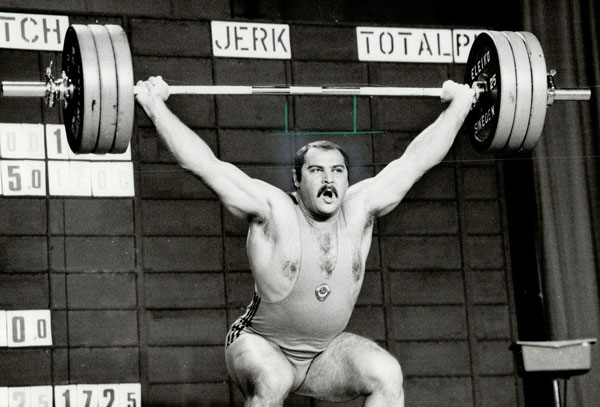
A modern periodization plan (again, simplified) might include four phases including differing rep ranges, as well as different exercises, or performance styles. For example:
PHASE 1: -CONDITIONING
-4 weeks
-Volume: 3 x 20
-Basic drills
PHASE 2: -HYPERTROPHY
-4 weeks
-Volume: 3 x 10-12
-Bodybuilding techniques
PHASE 3: -STRENGTH
-4 weeks
-Volume: 3-5 x 4-8
-Heavy, compound lifts
PHASE 4: -POWER
-4 weeks
-Volume: 3-5 x 2-5
-Explosive drills and lifts
These different phases are based around different physical qualities, and require different stimuli and differing forms of response, or adaptation. As a result, training this way powerfully avoids the ubiquitous specter of accommodation.
However—like the old-time strongman and traditional bodybuilding methods described above—this kind of approach also has serious drawbacks.
As mentioned, different rep ranges result in different physiological adaptations; one phase may result in hypertrophy (muscle gain) another in neurological adaptations for pure strength. Differing the stimulus each phase certainly avoids accommodation, but it also means that the gains you made in the previous cycle will begin to be lost—higher reps will build muscle, but if you switch to singles, your body will begin to lose that muscle. Likewise, lower reps will build strength, and if you switch to higher reps, that pure strength you gained begins to ebb away.
So it is with the other qualities worked on in any periodization phase, or mesocycle. Accommodation is avoided, but it’s not a very efficient way to train, as although you are always improving one quality, you are continually backsliding with others.
Isometrics and accommodation
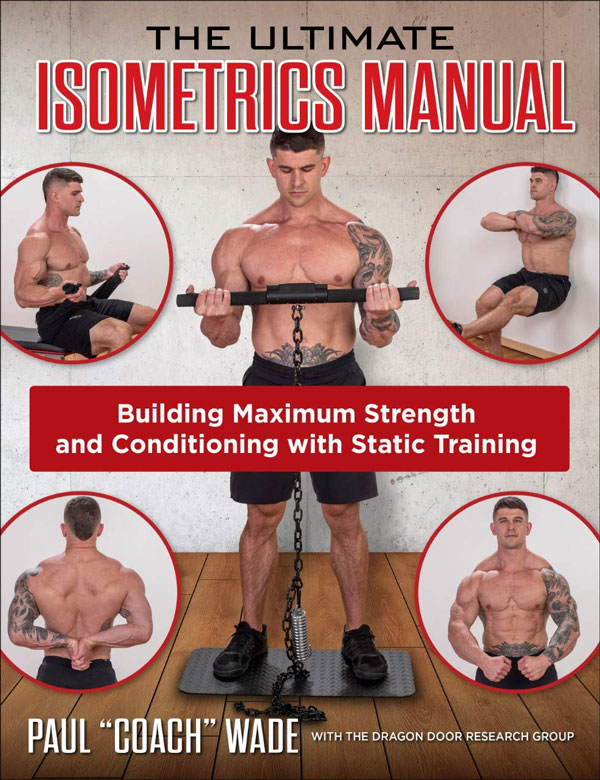
Most types of strength or size training are effective to some degree in the short term. However, it is generally accepted that if an athlete spends too long following any given training program, accommodation sets in; the body begins to stop responding to that program and gains in strength and size start to diminish. This is true for all forms of resistance training, and isometrics is no different. Medvedev determined that isometric accommodation occurs in approximately 6-8 weeks.
-The Ultimate Isometrics Manual, ch. 15
Just like singles, isometrics has the capacity to generate high levels of strength adaptation, very, very quickly. Also, just like singles, accommodation with isometrics occurs sooner than with other approaches.
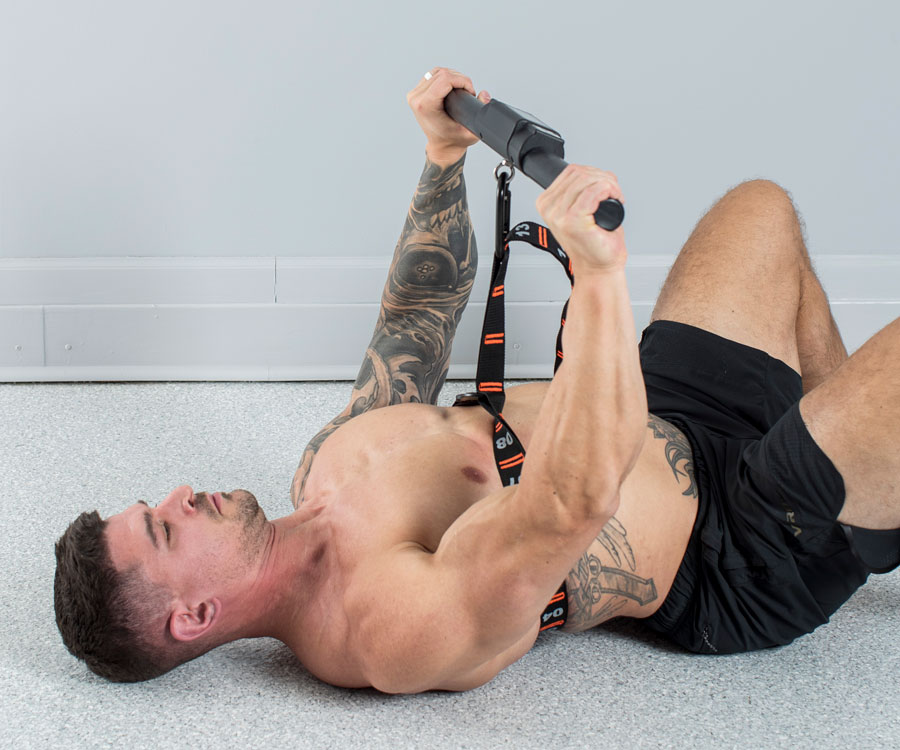
Isomax training is more efficient that anything you can do with dumbbells or barbells. Remember—rapid accommodation is not a drawback of isometrics; it’s a result of its function as an advanced form of training. Accommodation seems to creep up more slowly for less efficient methods.
The most famous approach to isometric accommodation was expressed by the famous Soviet exercise researcher, Vladimir Zatsiorski, in his classic ‘nineties manual
The Science and Practice of Strength Training:
A coach who is planning isometric training should keep in mind that accommodation to isometric exercises occurs very quickly. In qualified athletes, strength gains peak out in about 6 to 8 weeks. Thus, the isometric training routine should be planned, maximally, for 1 to 2 mesocycles.
-Zatsiorski,
The Science and Practice of Strength Training, ch. 6
Zatsiorski was a well-respected scientist, and many coaches—those forward-thinking enough to even explore isometrics—tend to unquestioningly parrot his thoughts on this matter.
On the plus side, Zatsiorski’s approach acknowledges the incredible power of isometrics to increase strength rapidly; and it certainly avoids accommodation in isometric exercises—because you’re not doing them!
On the down side, for perhaps
ten months of the year, athletes are advised to avoid the most productive resistance training method possible:
isometrics.
There is a better way.
We’ll discuss what it is in the final part of this series.
In the first part of this article, we checked out what accommodation is, and why it happens; and in Part II we’ve also surveyed historical approaches for dealing with accommodation. In part III of this article, the final part, I’ll be handing over the tools and techniques to perfectly avoid accommodation in your own training—whether isometric or otherwise—and keep making gains continuously. Please show up, it wouldn’t be a party without ya!
Back